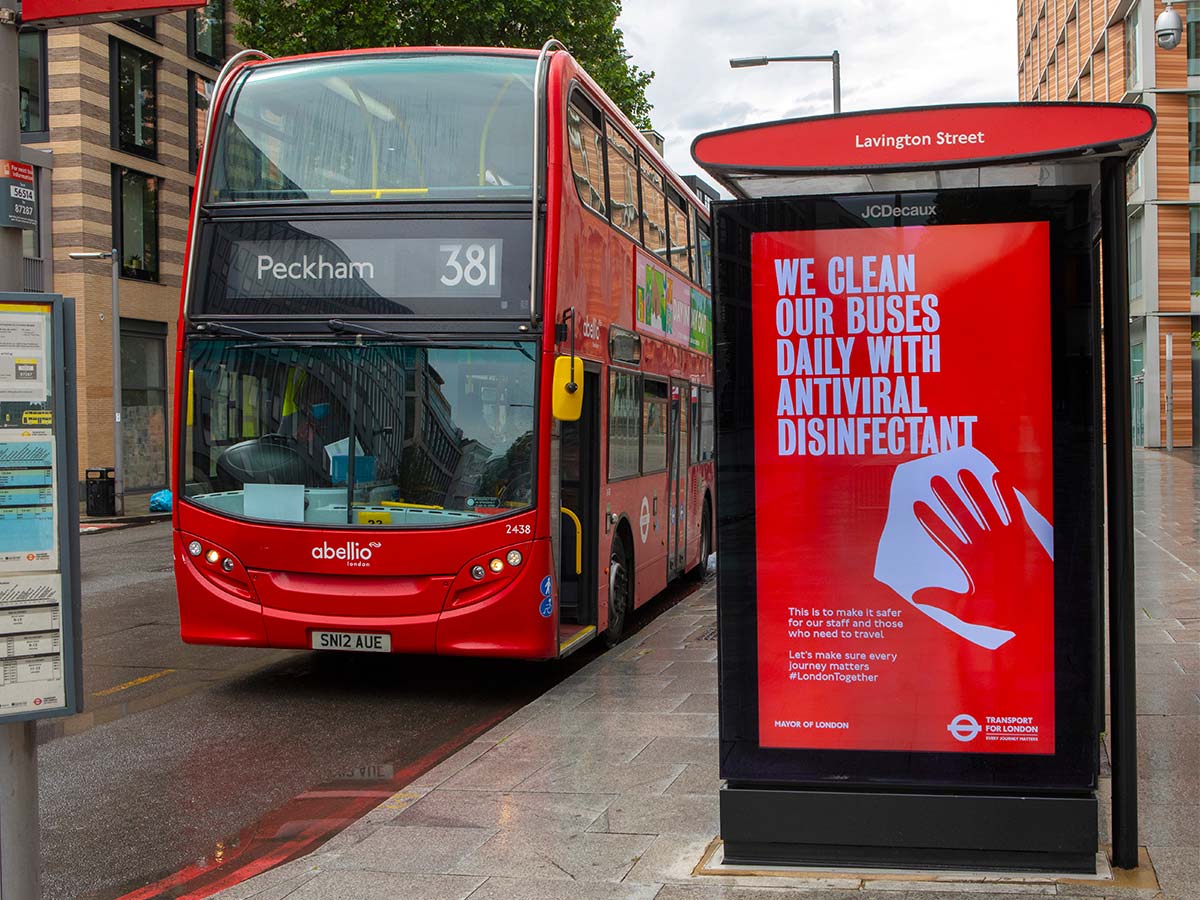We’ve all said it, this year is like no other. Whole industries have been thrown into disarray. Within the marketing world, out of home (OOH) has, by its very nature, been hit hard. Despite this, the outlook is for strong and continued growth for the industry.
VIOOH’s annual State of the Nation research report, launched in October 2020, surveyed 600 media executives in the UK, US and Germany to understand the industry’s perceptions of programmatic OOH. The report looks into how OOH compares to other media channels and how it contributes to omnichannel strategies.
Continued growth expected for programmatic OOH
According to the report, 99% of UK executives will be looking to increase spend on programmatic OOH in 2021. Over a third of these expect to more than double it next year. The report also showed that 71% of UK executives believe programmatic advertising is important to their business’ marketing success at a time of crisis. These findings clearly demonstrate the enthusiasm for programmatic trading in the OOH channel as we continue to navigate uncertain times.
The report found that UK respondents forecast including programmatic OOH in 52% of all digital campaigns in 2021, up from 50% in the last 18 months. Despite the current uncertainty caused by the pandemic, it’s encouraging to see the appetite for using programmatic OOH as part of omnichannel campaigns continue to grow. Programmatic technology in broadcast channels opens up a world of possibilities and should play a pivotal role in omnichannel strategies.
Flexibility is an asset
The report shows that 87% of UK respondents have planned or bought programmatic OOH in 2020 due to the flexibility it offers. Against an ever-changing socio-economic backdrop, programmatic OOH provides advertisers with huge flexibility. They can pause, pivot and optimise campaigns at a moment’s notice. As we face further lockdowns and restrictions, I believe this flexibility will be crucial to the continued adoption of programmatic OOH as we move into 2021.
The majority of UK agency and brand executives (60%) both place equal importance on programmatic OOH as a driver of brand-led campaigns In the UK market. However, while 55% of agencies believe it is important for performance-led campaigns, significantly more brand marketers (70%) value its contribution here.
As a true broadcast medium, OOH helps build brand awareness and with the emergence of programmatic technology, it also meets performance goals, making programmatic OOH a unique tool for marketers and one which can now be planned centrally alongside other media. As advertisers strive to find the right balance between long term brand-building and more immediate performance goals, having access to a channel that meets both cannot be underestimated.
More measurement and training are needed
The report highlighted a lack of consensus around measurement solutions although performance-based metrics such as an increase in sales, reach or store visits were considered to be the most effective. It found that 56% of UK respondents were looking for more information about cross-channel measurement. Organisations including ourselves have been working with industry bodies to champion standardised measurement for programmatic OOH. We believe that a clear vision on measurement and attribution is vital for the sector’s continued growth.
Training is also only going to grow in importance. Understanding the unique benefits of programmatic OOH is fundamental to making the most of its role in broader campaigns, and increasing its adoption. Marketers need to understand its scope in being able to achieve both brand-led and performance goals, align with mobile and other channels to elevate omni-channel campaigns, its flexibility and the trigger-based targeting. Crucially, our research found that only 56% of respondents across the three markets felt that they fully understood programmatic OOH and its benefits. In the UK over half of executives (60%) want training on the benefits that it offers.
In such an uncertain climate, it’s clear that external forces will play their part in how marketers plan their campaigns in 2021. However, it’s interesting to see that some of the biggest barriers to the adoption of programmatic OOH, including standardised measurement and more training are actually within our control. The onus is now on us, as an industry, to create the best possible environment in order to unlock the full potential that this channel has to offer.
Featured image: chrisdorney / Shutterstock.com

